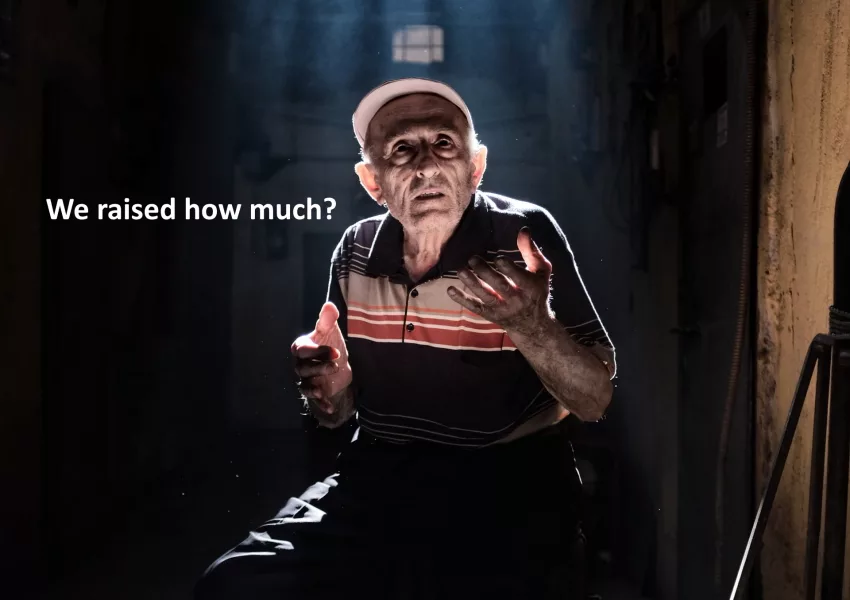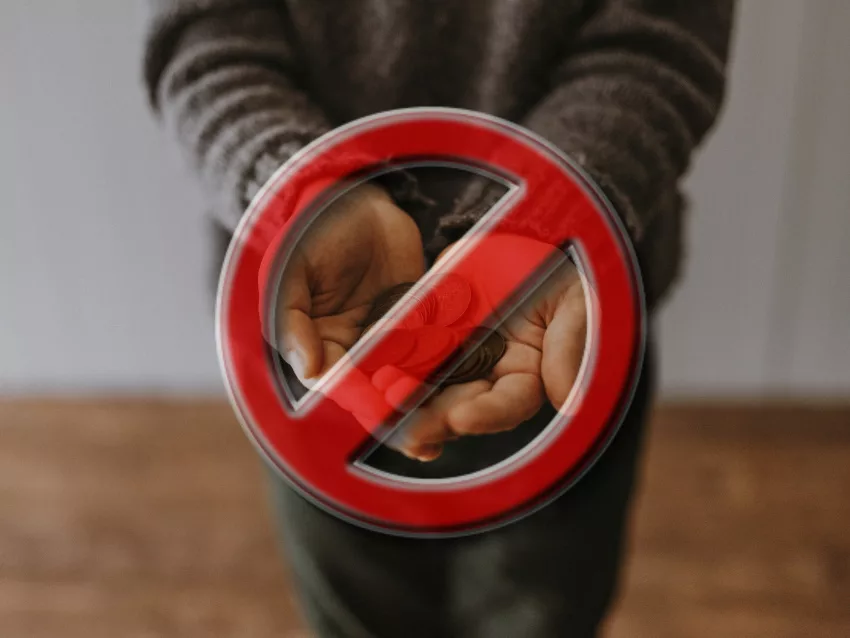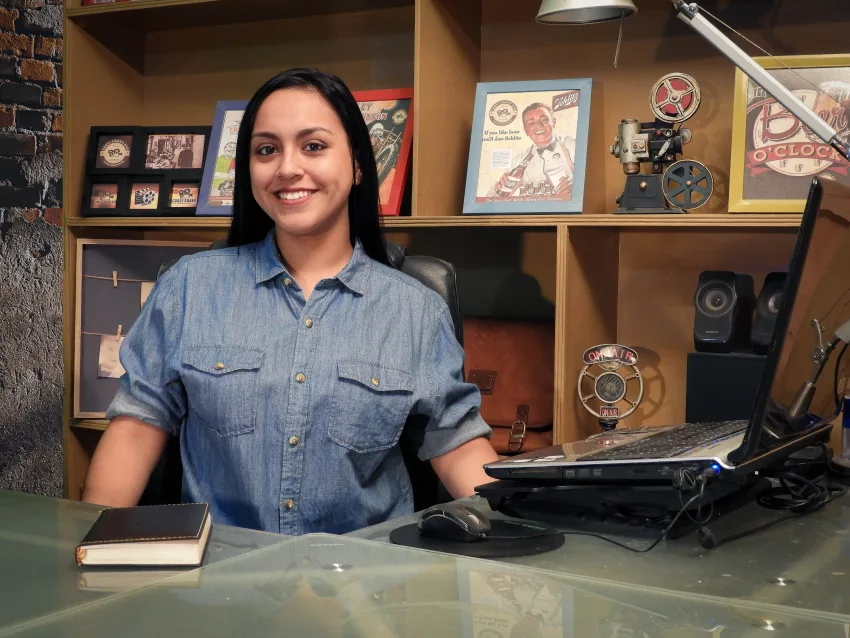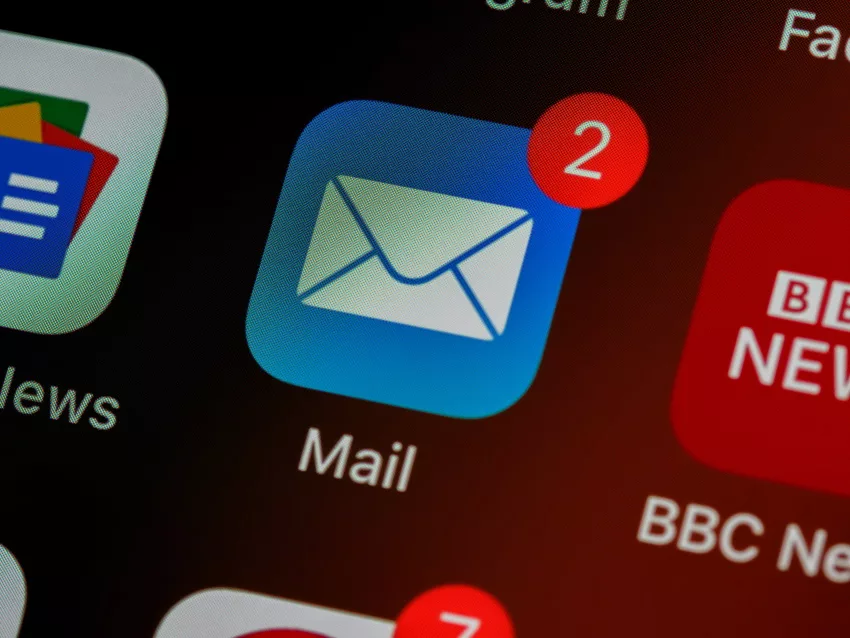
E-mail is the backbone of most nonprofits’ online fundraising programs. Countless organizations use e-mail to stay in touch with donors, cultivate prospects, and ask for gifts.
Many non-profits think they know how to raise money via e-mail… but end up disappointed with the results. The reason why so many organizations aren’t raising what they should be raising online is that many of the best strategies for e-mail fundraising seem counterintuitive.
Here are four surprising strategies your non-profit can use to raise more money through e-mail:
Email Strategy #1: Don’t Ask for Money in Your E-Mail Newsletters

Most non-profits that send out e-mail newsletters feature a “Donate Now” button front and center in each and every issue (and often, several buttons in each newsletter). These organizations often raise a small amount from each newsletter they send out, but nearly as much as they otherwise could.
The best nonprofit strategy for your e-fundraising efforts is to separate your cultivation e-mails (i.e. your newsletters) from your ask e-mails (i.e. your e-mail appeal letters). When you include an ask in your newsletter, it stops being a cultivation touch and becomes a very soft ask. As a newsletter, it won’t be a very good ask… but because you include an ask, it won’t be a pure opportunity to cultivate your donors.
Let your newsletters be strictly for cultivation. Use them as an opportunity to build rapport with your donors. Then at least twice per year, send out appeal letters to your entire e-mail list that are 100% asks (similar to your snail mail appeal letters). These will raise far more money than the simple “Donate Now” links placed in your newsletters.
Email Strategy #2: Send Fundraising E-Mail from a Real Person
When sending out your e-mail newsletters and e-mail appeal letters, it might be tempting to send them from a generic organization e-mail account. You may assume that your donors will be more likely to open up an e-mail that comes from “The Lawncrest School” or “Dupont Circle Hospital” than from “Sue Sweeney.”

Studies have shown, however, that your donors and prospects are more likely to open e-mails that come from a specific person at your organization rather than the organization as a whole. If you want donors to open your e-mails, send them from a real person at your non-profit.
Email Strategy #3: Make a Specific Ask in Your E-Mail

Don’t be afraid to make a specific ask in your fundraising e-mails. Many nonprofits that have no problem asking for “$50, $100, or whatever you can afford” in their snail mail letters get wishy-washy when it comes to e-mail. This is a huge mistake! Wishy-washy asks never work as well as “hard” asks.
Next time you send out an e-mail appeal, use the same type of fundraising ask language that you would in your snail mail appeals. Then, include a button and a text link for people to click in order to make their donations.
Read more on fundraising asks for year-end email appeal letters here.
Email Strategy #4: Don’t Be Afraid to Follow Up
It may seem counterintuitive, but the best e-mail fundraising appeals actually include more than just one e-mail. In fact, I have found that if you really want to maximize the amount you raise, you’ll want to send out three e-mails every time you run an e-mail fundraising campaign.
The first e-mail should be your main fundraising appeal letter. This will be the longest of the three e-mails. Then, a few days later, send out a second, shorter e-mail, summarizing the message of the first e-mail and again asking for a gift. Send this e-mail to everyone who didn’t donate to your first e-mail.

Finally, a few days after that, send a short third e-mail that once again makes the ask. This third e-mail should be the shortest of the three and should be sent to everyone who didn’t give to either the first or second e-mail.
Try the three-e-mail method for your next e-mail fundraising campaign. You’ll be glad you did!
Guest Post provided by Joe Garecht of Garecht Fundraising Associates. Joe Garecht has been fundraising for over 20 years. He has served as a Development Director, Executive Director, and fundraising consultant to hundreds of non-profits. He is the President of Garecht Fundraising Associates and the Founder of Go Beyond Clients.



